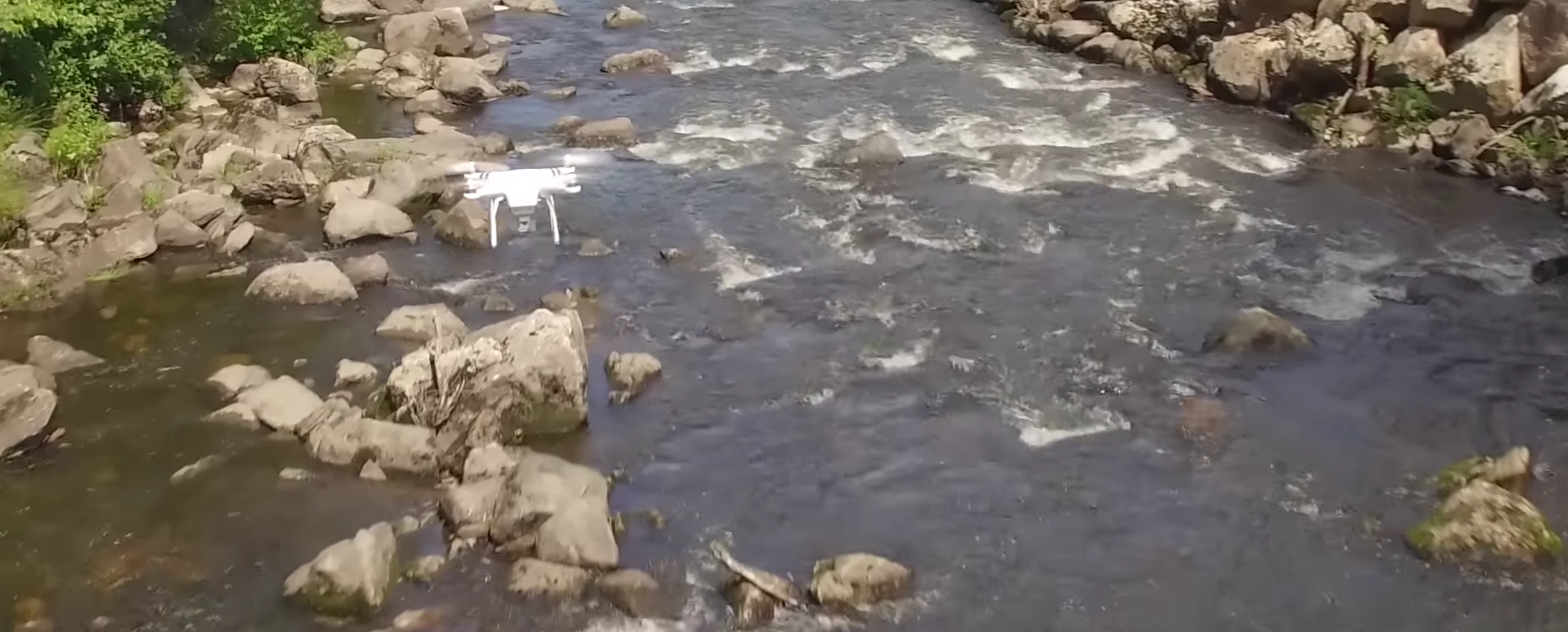During my senior year in the mechanical engineering program at the University of Maine, Orono, I am interning at Viking Unmanned Aerial Systems. I have spent my summer at the company headquarters in Gorham, Maine, designing some amazing UAV systems to be used in Search and Rescue (SAR) Operations. This is a life-altering opportunity to use drones to redefine SAR.
Recently, you might have seen remote-control vehicle hobbyists modify drones to perform in SAR situations here in Maine and abroad. Since none of these drone systems are truly adequate for SAR, I have been designing a UAV system specifically for this purpose.I am adapting an electromagnetic release system that was designed by VikingUAS for special-tactic military operations. Once I’m finished, the drone will be able to release a 4 kg pod from a height of 20 meters. In SAR operations, this pod will open a parachute so that it smoothly and accurately reaches the victim, delivering survival supplies such as a cell phone, an energy bar, and drinking water.As responders, our first job to locate stranded people. Next, we need to help them stay calm, collected, and safe. If responders have access to a UAV multi-copter equipped with a system that can deliver necessary items to stranded people, it will go a long way toward that goal. Carrying 4 kilograms to someone in need might not seem like much, but in SAR even the smallest objects can decide between life and death.Improving the SystemDEEMI is the first nonprofit search and rescue group to get their section 333 exemption from the FAA, which allows them to use UAS in their operations. They will be mounting my new electromagnetic payload release system on Viking’s Patriot X-4 UAS for all future searches. Although the system I am designing is small scale, it is enough for DEEMI to deploy in operations and gather valuable technical information for future design modifications.At Viking, we will also be testing the system ourselves. To improve my design, we will perform egg drop tests to assure that any and all payloads will be delivered safely. We will also use VikingUAS’s Floating Flight Testing Barge to ensure that our UAVs are reliable and dependable in all conditions. Our primary focus is open lakes, wide rivers, and thinned out forests—common SAR environments in Maine.In the future, I’ll build on the system to develop a product that comes with easy interchangeable attachments for tackling the more common missions for SAR.5 Steps to a Successful DesignSince I’m a young engineer, my success with this system can only be contributed to the Viking UAS 5 step program—which all engineers here at VikingUAS have to follow. This program requires me to design a product, prototype it, test it, become proficient in it, and bring it to market. Following through with this program has given me the ability to distinguish if a design is just a dream, or if it has the potential to become reality.I can proudly say that I will be able to complete all five steps thanks to Viking UAS, and the Down East Emergency Medical Institute (DEEMI). Being able to design and build a UAS craft that contributes to those in need is something words cannot explain. One thing I can say is that this project is one that I will always remember.Subscribe
The information you submit will be stored and used to communicate with you about your interest in Commercial UAV News. To understand more about how we use and store information, please refer to our privacy policy.
July 21, 2015
Revolutionizing the Search and Rescue UAS with Viking UAS















Comments